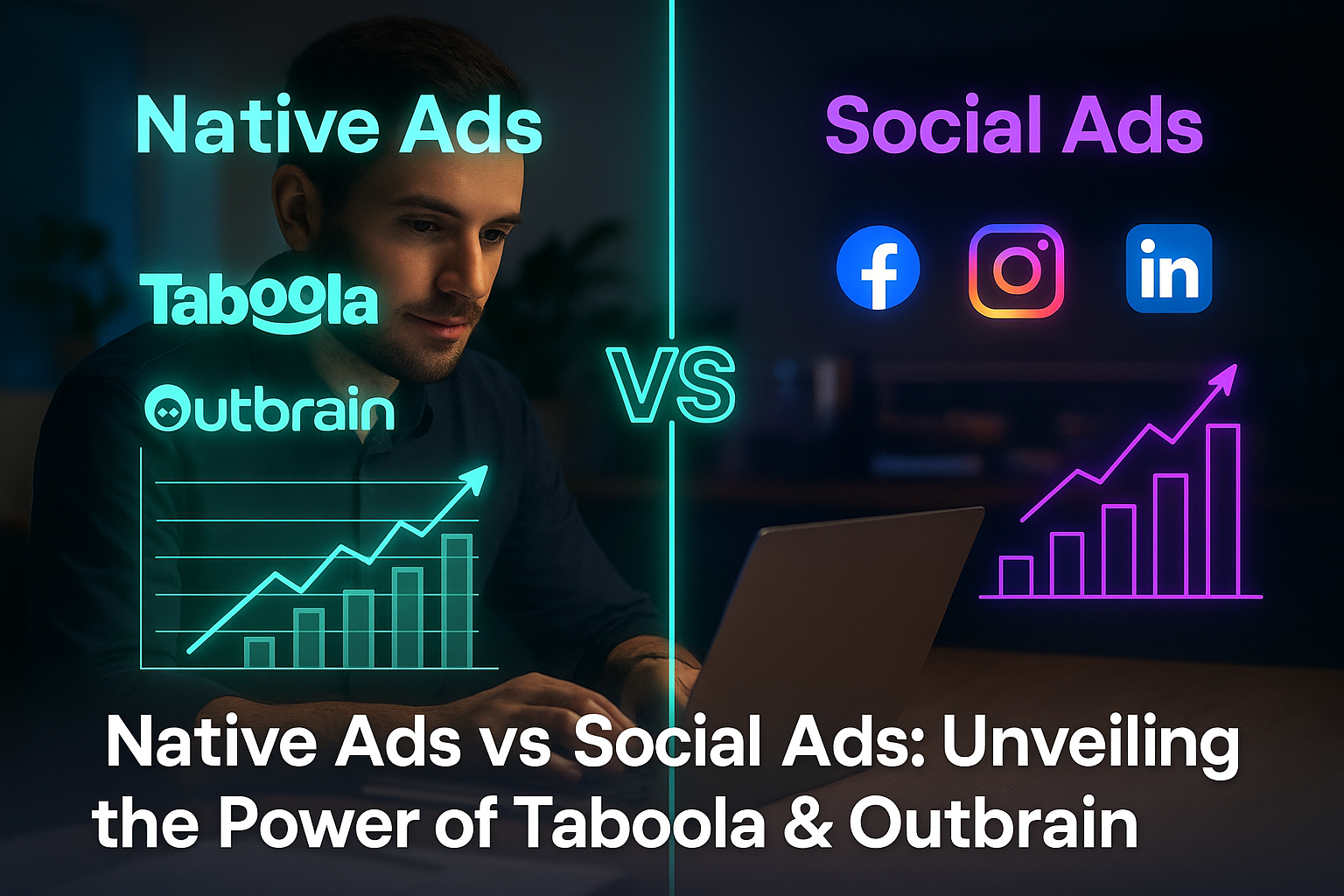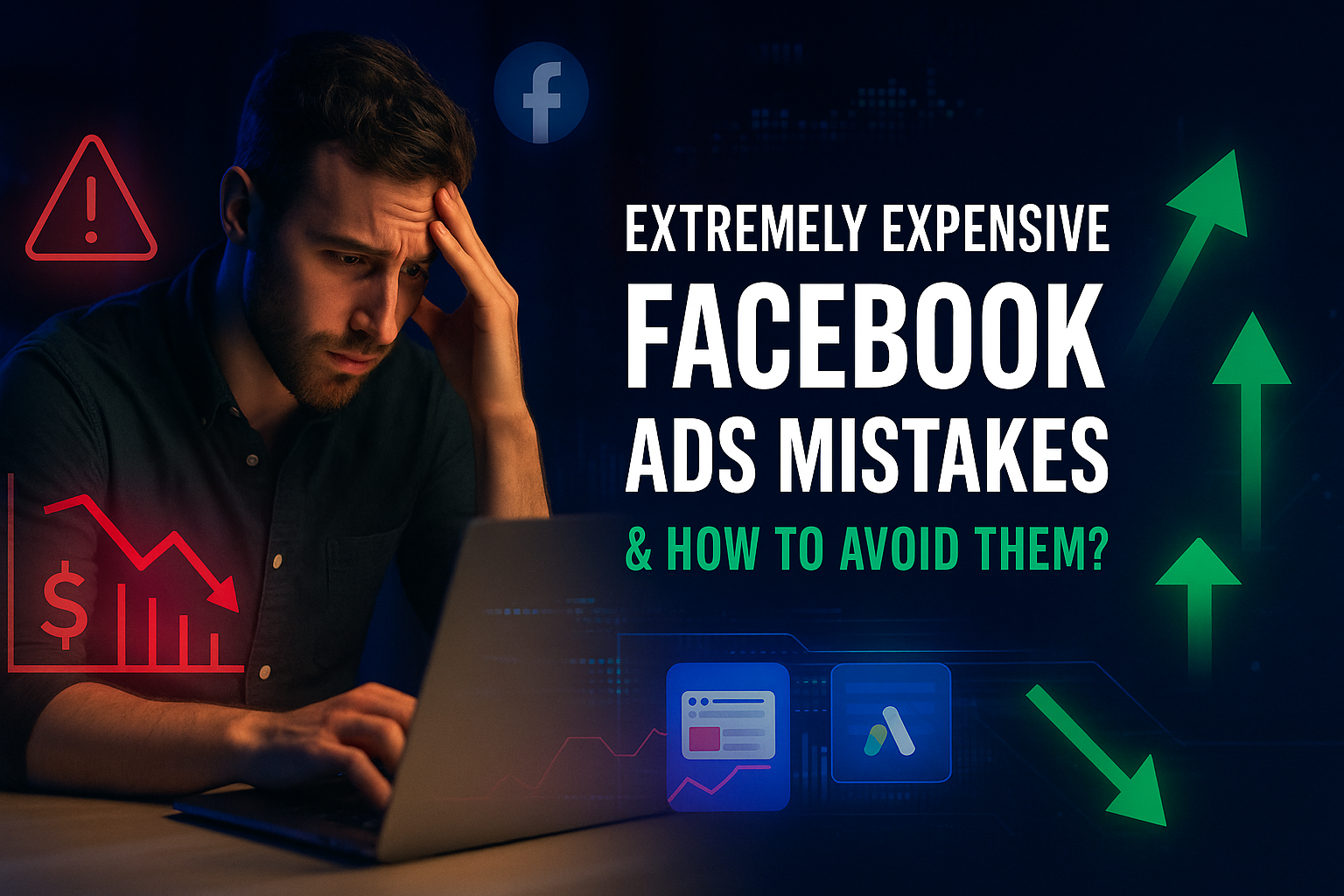A/B testing is a vital strategy in the world of Facebook advertising. By systematically comparing two versions of an ad campaign, marketers can uncover valuable insights that lead to better performance and higher returns on investment (ROI). In this article, we’ll explore the significance of A/B testing in Facebook advertising and how it can enhance your Facebook ads services.
Understanding A/B Testing:
A/B testing involves creating two or more variations of an ad campaign and testing them against each other to determine which performs better. This method allows you to experiment with different elements, such as ad copy, images, headlines, and call-to-action buttons, to identify the most effective combination. By gathering data on user responses and conversion rates, you can make data-driven decisions and optimize your Facebook ad campaigns.
The Benefits of A/B Testing:
Improved Ad Performance:
A/B testing helps you identify which elements of your Facebook ads resonate best with your target audience. By testing different variations, you can refine your ads to be more engaging, compelling, and persuasive, resulting in improved click-through rates (CTR) and conversion rates.
Cost Optimization:
A/B testing enables you to allocate your advertising budget more effectively. By identifying the top-performing ad variations, you can focus your spending on the ads that generate the highest ROI, ultimately maximizing your budget and reducing wasteful spending.
Enhanced Audience Targeting:
A/B testing allows you to refine your audience targeting based on performance data. By testing different audience segments, you can determine which groups are most responsive to your ads, enabling you to optimize your targeting and reach the right people with your Facebook ads services.
Best Practices for A/B Testing in Facebook Advertising :
Clearly Define Goals:
Before conducting A/B tests, establish clear goals and key performance indicators (KPIs) for your Facebook ad campaigns. Whether your objective is to increase website traffic, generate leads, or boost sales, having well-defined goals will help you measure success accurately.
Test One Variable at a Time:
To ensure accurate results, focus on testing one element at a time, such as the ad headline or the call-to-action button. Testing multiple variables simultaneously can make it difficult to pinpoint the exact cause of any performance differences.
Sufficient Sample Size:
Ensure your A/B tests have a sufficient sample size to yield statistically significant results. Larger sample sizes provide more reliable insights, so be patient and wait until you have a substantial number of impressions, clicks, or conversions before drawing conclusions.
Analyze and Iterate:
Continuously monitor the performance of your A/B tests and analyze the data. Identify trends, patterns, and key learnings to inform your future advertising strategies. Iterate and optimize your campaigns based on the insights gained from A/B testing.
Conclusion:
A/B testing is a critical tool in Facebook advertising that empowers marketers to make informed decisions, optimize ad performance, and deliver better results for their clients. By leveraging A/B testing within your Facebook ads services, you can refine your campaigns, reach your target audience more effectively, and achieve higher conversion rates. Embrace the power of A/B testing and elevate your Facebook advertising efforts to new heights.



